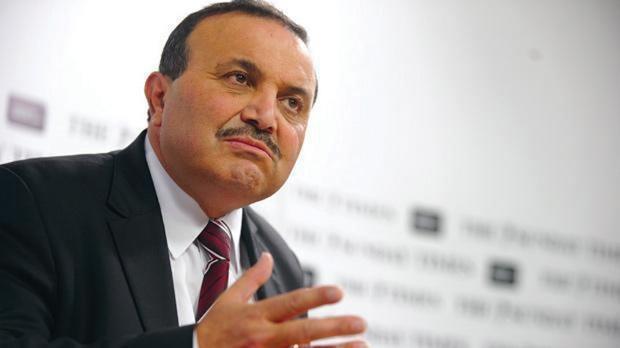As the rift within the PN continues to edge towards the point of no-return, the possibility of the creation of a new political party from those rebelling against the PN’s current leadership is entering the public discourse more and more.
Such a split would see the new party have 17 MPs and two MEPs, over the PN’s 11 MPs and no MEPs, becoming the biggest party in the Opposition.
However, political party splits are not unprecedented in Maltese history.
The Malta Independent on Sunday looks back on Malta’s political history at four splits within political parties and their eventual outcomes.
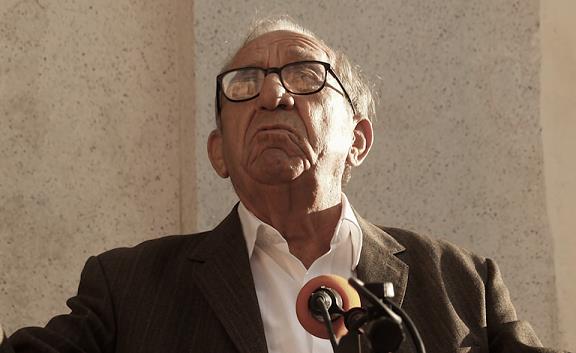
Dom Mintoff ousts the Prime Minister and Labour leader in 1947
Under the auspices of the brand-new MacMichael Constitution in 1947, Paul Boffa became the first Maltese Prime Minister to have hailed from the Malta Labour Party.
He had obtained a majority even larger than that which the Labour government currently holds, with 59.9% of the electorate voting in his favour. It was enough for 24 seats out of the 40 on offer, with the Nationalist Party the next biggest political force with just 7 seats.
The Democratic Action Party won four seats, the Gozo Party won three, and the Jones Party won two.
However, it would soon turn out that the biggest source of trouble for Boffa’s government was in its own ranks. Internal fighting between Works Minister Dom Mintoff and Finance Minister Turu Colombo had been ongoing ever since Mintoff beat Colombo to become the MLP’s deputy leader, and the relations only deteriorated from there on in.
This was nothing, though, compared to the souring that would take place between Mintoff and Boffa. Boffa had failed in his attempts to get funding for a new power station from the UK through the Marshall Plan – an American post-war recovery plan which Malta, being a colony, was technically not eligible for – and this led to further disdain from Mintoff.
When it became clear to Mintoff that Boffa was going to give in to the British, he reacted with a series of harsh telegrams to the Prime Minister, which were in turn leaked to the media by Colombo who wanted to make Mintoff seem like a communist, and hence lose electability.
The crisis continued to deepen until October 1949, when the MLP’s General Conference voted to remove Boffa from the party leadership and replace him with Mintoff (photo above).
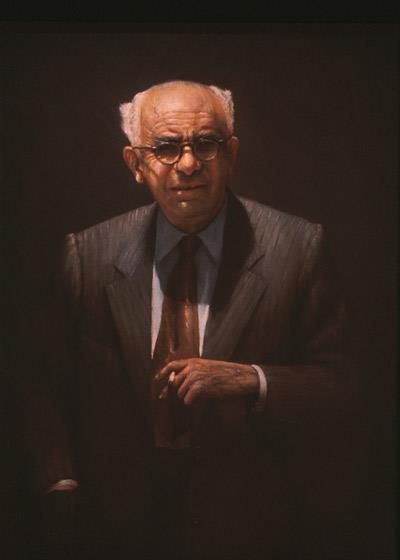
Boffa (above) refused to take this lying down and continued to govern with a minority government of 17 seats out of 40 – 6 of his MPs had defected to Mintoff. That lasted until June 1950, when the Budget was rejected, leaving Boffa to call an election.
He contested initially as the Boffa Labour Group, which later formally became the Malta Workers Party.
The big winner in all this was the PN, and with 12 seats out of 40 managed to form a minority government – both Mintoff’s MLP and Boffa’s CWP obtained 11 seats. The government wouldn’t last long: Prime Minister Nerik Mizzi died in office in December 1950, and his successor George Borg Olivier was forced to call an election the following February.
The PN however had continued to strengthen itself – it won 15 seats this time. With Mintoff winning 14 seats as the next biggest party, it fell to Borg Olivier to form a government. This he did by, surprisingly, forming a coalition with Boffa’s MWP, which had won 7 seats in the election. Under the arrangement, the MWP would have three seats in the Cabinet and Mintoff would be left in opposition.
The coalition was renewed after another election in 1953, where the PN won 18 seats and the MWP won three, but that government only lasted until 1955. By then, the MWP had disappeared, and Mintoff’s MLP won 23 seats – enough to form a government.
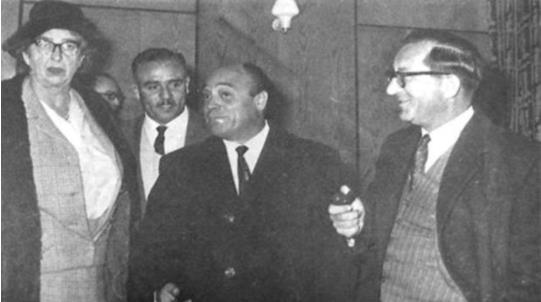
Independence, the Church prove to be the dividing factor in 1962
The 1962 election would see not one, but two party splits, with both the PN and MLP going through their own divides.
The election was the first under a new constitution – the Blood Constitution – and the debate over what Malta’s future should look like was rife.
After the Break with Britain resolution some years earlier, which put an end to the ideas of integration with Britan (Mintoff’s preferred option) and seeking dominion status (Borg Olivier’s preferred option), both the PN and MLP believed that complete independent was now the only viable option for Malta.
The PN wanted to attain independence and then join the Commonwealth whilst also maintaining close ties with Britain through the signing of a financial aid and defence treaty. They were also in favour of joining NATO and taking the side of the West in the Cold War that, at the time, was at its peak.
The MLP meanwhile wanted to first attain independence and then decide with whom to negotiate for aid and defence issues. They preferred to work on a system of neutrality as regards to international politics, rather than joining either side of the Cold War.
Mintoff’s MLP was however caught up in a fight on another front - a social conflict with the Church. Mintoff saw Archbishop Michael Gonzi as the biggest obstacle to the modernisation of Malta, something he saw possible only through separation between the State and the Church. Gonzi meanwhile was alarmed at Mintoff’s close stance with Communist leaders, seeing it as a threat to Catholic faith in Malta.
Things came to a head hen on 8 April 1961, the Archbishop issued a “personal interdict” on the entire Labour Party executive, making it a mortal sin to vote for the party.
With this backdrop, two new political parties were created.
Toni Pellegrini (above) split off from the MLP to form the Christian Worker’s Party (CWP), aiming to provide a viable alternative to the MLP which did not go against the Church (Archbishop Gonzi in fact endorsed the party) and which was also against the pursuit of independence at this point in time, believing that Malta was not economically ready for it.
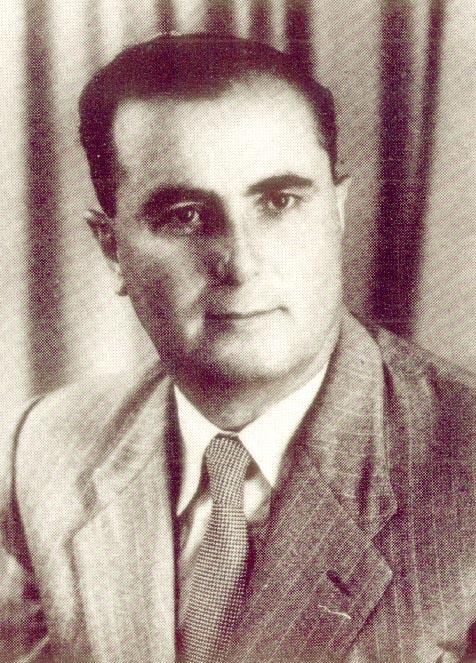
The latter point was the same reason which saw a split inside the PN. Journalist Herbert Ganado split off from the PN, creating the Partit Demokratiku Nazzjonalista (PDN). Ganado (above) got into a number of arguments – some of which went public through the media – with Borg Olivier over the point of independence.
Out of six parties which contested the election, five successfully made it into the legislative assembly.
In an election with a 90% turnout, Borg Olivier’s PN won 42% of the vote and 25 of the 50 seats on offer. Mintoff’s MLP was next, winning 33.8% of the vote and taking 16 seats. Both the CWP and the PDN won 4 seats – or around 9% of the vote. Mabel Strickland was the only member of the Progressive Constitutional Party to win a seat as the party won around 5% of the vote, while Chevalier George Ransley’s Democratic Christian Party won 699 votes, but nothing more than that.
The PN avoided having to enter a coalition to form a majority government – Gozitan Coronato Attard crossed the floor from the PDN to the PN, giving the PN a one-seat majority.
Borg Olivier went on to secure independence for Malta in 1964.
In the next election, neither the CWP nor the PDN (nor any other party for that matter) won any seats. Most of the CWP’s members – including Pellegrini himself – returned to the MLP.
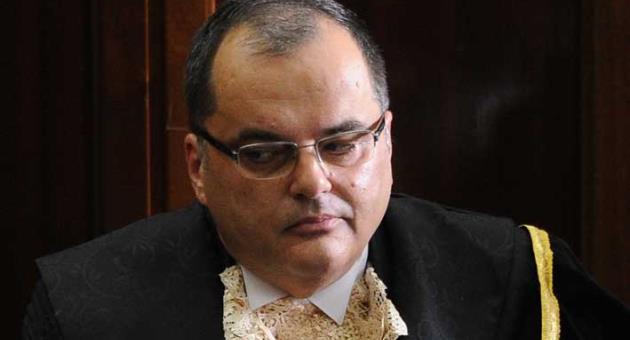
Going Green: Wenzu Mintoff and Toni Abela split from Labour to form AD
A more recent political split occurred in 1989, resulting in the creation of a political party which continues to exist today.
In 1989, Labour Party President Toni Abela (below) and Labour Party whip Wenzu Mintoff (above) resigned from the party after taking a stand against corruption and political violence.
The duo founded a new, green party called Alternattiva Demokratika, with Mintoff staying on in parliament as an AD MP and as AD leader.
AD first contested national elections in 1992, when it obtained 1.69% of first preference votes – which was nowhere near enough to win a seat in parliament.
The results declined further in the 1996 and 1998 elections, leading to Mintoff’s resignation from the party leadership.
AD is yet to be elected to parliament, with its best electoral result coming in the first European Parliament election in 2004.
There, AD’s only candidate – the charismatic Arnold Cassola – obtained 22,938 first-count votes, which equates to 9.33%. He was eliminated at the last count.
Malta at the time elected five MEPs – had Malta’s representation in the European Parliament was of six MEPs, as it is today, then Cassola would have taken a seat in Brussels.
Mintoff and Abela meanwhile both returned to the Labour Party, with the former becoming the editor of the party’s weekly newspaper Kullhadd, and the latter even becoming the party’s deputy leader in 2008 – a post he held until 2016.
